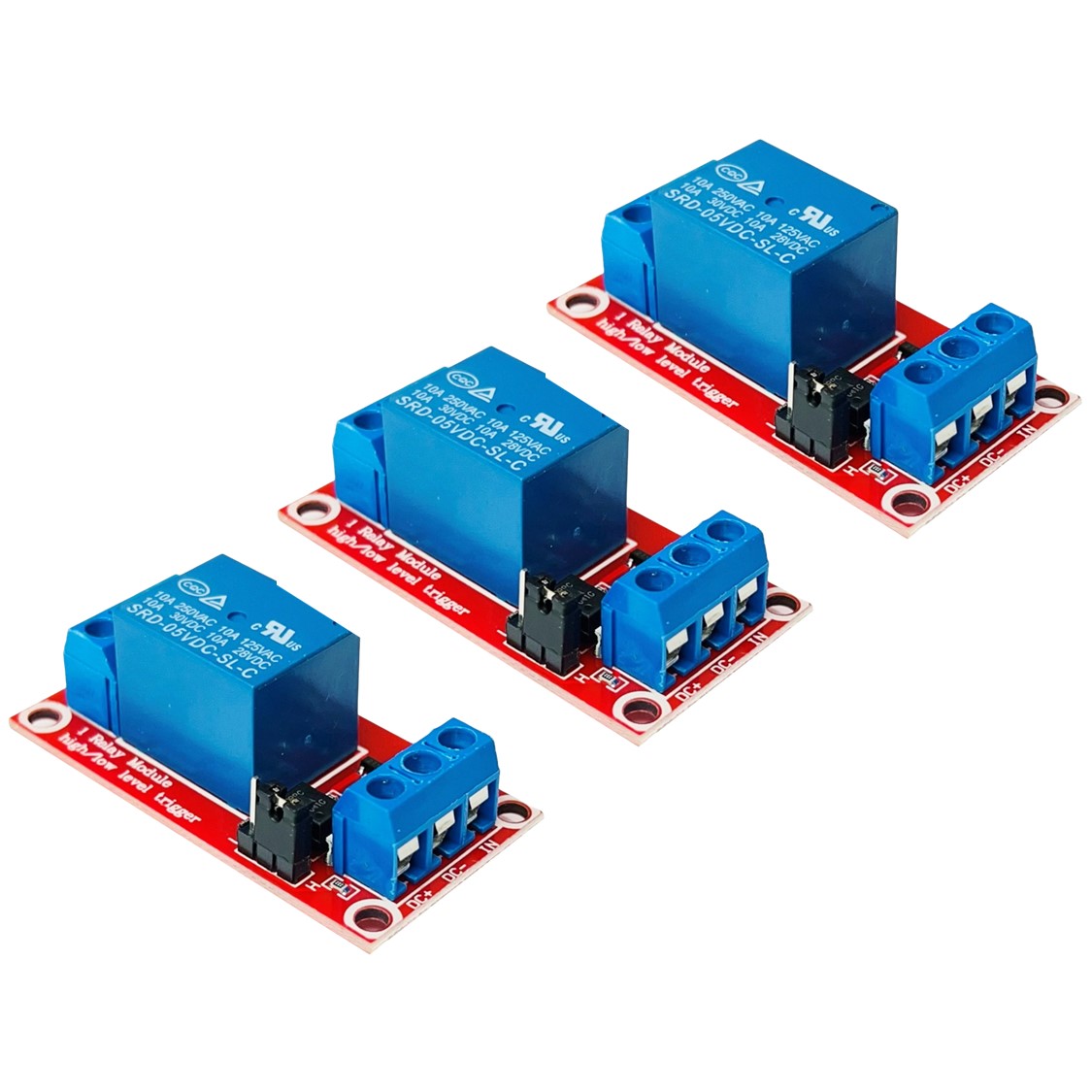In the realm of electrical engineering, control systems play a pivotal role in regulating and managing various processes. Among the myriad control devices available, relays stand out as a versatile and indispensable component. In this article, we will delve into the intricacies of relay control, exploring its types, applications, and the advantages it offers in different industries.
- Understanding Relay Control:
Relay control is a fundamental aspect of electrical systems, enabling the efficient management of power distribution and circuit protection. At its core, a relay is an electrically operated switch that utilizes an electromagnet to control the flow of current. By acting as an intermediary between input and output circuits, relays provide a reliable means of controlling high-power devices with low-power signals. - Types of Relay Control:
2.1 Electromechanical Relays:
Electromechanical relays are the most common type, utilizing a mechanical switch to control electrical circuits. They offer excellent reliability, durability, and isolation between input and output circuits. With their ability to handle high currents and voltages, electromechanical relays find applications in industrial automation, power systems, and motor control.
2.2 Solid-State Relays (SSRs):
Unlike electromechanical relays, SSRs employ semiconductor devices, such as thyristors or transistors, to switch electrical signals. SSRs offer faster response times, higher switching frequencies, and enhanced durability due to the absence of mechanical components. These characteristics make them ideal for applications requiring precise control, such as robotics, medical equipment, and HVAC systems.
2.3 Reed Relays:
Reed relays utilize magnetic fields to control the flow of current through thin metal reeds. They offer compactness, low power consumption, and high switching speeds. Reed relays find applications in telecommunications, test equipment, and automotive electronics, where space constraints and fast switching times are crucial.
- Applications of Relay Control:
3.1 Industrial Automation:
Relay control plays a vital role in industrial automation, facilitating the operation of complex machinery, conveyor systems, and manufacturing processes. By providing reliable switching and protection capabilities, relays ensure seamless control over various industrial applications, enhancing productivity and safety.
3.2 Power Systems:
Relays are integral to power systems, enabling efficient distribution, protection, and control of electrical energy. They safeguard equipment from overloads, short circuits, and voltage fluctuations, preventing damage and ensuring uninterrupted power supply. Relay control systems are crucial in substations, power generation plants, and smart grids.
3.3 Automotive Industry:
Relays are extensively used in automotive applications, controlling functions such as lighting, motorized systems, and engine management. Their ability to handle high currents and withstand harsh environments makes them indispensable in modern vehicles, ensuring reliable operation and safety.
Conclusion:
Relay control, with its diverse types and applications, serves as a cornerstone in various industries. Whether in industrial automation, power systems, or automotive applications, relays provide precise and reliable control over electrical circuits. By understanding the intricacies of relay control, engineers and technicians can harness its power to optimize processes, enhance safety, and drive innovation in their respective fields.


